I attended the International Food Bloggers Conference (IFBC) in Seattle this past weekend. It was a whirlwind of friends, food and great sessions. Later this week, I hope to post some of the pretty pictures I took at the revered Pike Place Market and tell you all about the unique and delicious food I sampled there. (Piroshkies! Crumpets!) But first, I want to share with you some really useful information about beef. Yes, beef.
While at IFBC, I attended an informative session on how to shop for and choose the right cut of beef and how to get the best value for my meat dollar. What I learned will make me a much savvier consumer going forward and I want to share that knowledge with you in the hope that you too can learn to approach the meat counter with confidence.
There was so much information that I am actually going to divide what I learned into two posts. Today, I am going to discuss differences in beef based on how the animal is raised. On Wednesday, I will talk about how the cow is cut into different cuts, the best way to cook each cut and some ways to save money at the meat counter.
Remember the familiar “Beef. It’s What’s for Dinner” ad campaign? The session was brought to us by that organization, which is a consortium of marketers that educates the consumer and promotes the American beef industry. It does not sell anything or promote a particular brand of beef (like Angus) or kind of beef (organic versus conventional; grain-fed versus grass-fed). Their only goal is to get you to buy more beef – they don’t care what kind of beef it is.
Consumers encounter so much jargon when they step up to the meat counter. Do you know what the different grades of beef — prime, choice and select — mean? How about terms like “dry-aged?” “Grass-fed?” “Grain-finished?”
Let’s start with the grading system. There are three quality grades for beef: prime, choice and select. Prime is hardest to achieve and priciest; most of the beef sold in this country is choice. The USDA has graders who go to meat plants and evaluate carcasses. They look for two different factors to determine grade: marbling and maturity. Marbling is fat that is present in muscle tissue – it cannot be trimmed off like the fat you see on the outside of a steak. This intra-muscular fat, which is unique to cows, impacts flavor, tenderness and juiciness. The more of it, the better!
The reason that the graders look at animal’s age is because as animals age, their meat gets tougher due to the development of collage. A younger animal is more tender. Thus, the more marbling and the younger the animal, the higher the grade. Beef that is graded prime will be the most tender, the most flavorful and the juiciest. In fact, due to the marbling in prime beef, even if you overcook your meat a little — and I don’t recommend doing that — it will still be juicy. The marbling is like a little insurance policy against tough meat.
One topic that is hot right now is grain-fed versus grass-fed beef. Do you know the difference? It’s important to understand that all beef starts eating grass. It is only toward the end of the animal’s lives that they are separated into grain-finished, which is most beef sold in this country, and grass-finished. The finishing period is the last 100-200 days of the animal’s life. The grain the cows eat is usually corn-based but depending on what area of country they are in, they might also receive grains like sorghum and barley.
This is an larger topic than I can go into here, but in general, ranchers finish cows on grain because it causes the cows to gain weight quicker and reach that desired weight at a younger age. Grain-finishing gives cows more of that intra-muscular fat that is prized by many steak-lovers and enables ranchers to raise beef more economically. Grain-feeding is more common in America than other countries and gives American beef a unique flavor and texture.
Proponents of exclusively grass-fed argue that it is healthier for the animal, more sustainable and that grass-fed beef is more nutritious. I will tell you candidly that I buy exclusively grass-fed beef for my family, for these reasons. Grass-fed beef tastes different than grain-fed and costs more, so the fact that I buy grass-fed beef means that I buy less beef overall. The good news is, as consumers, we have a lot of choices and are all able to buy the best product for our family.
Speaking of cost, the price of beef is rising. Why is that happening and what can we expect going forward? Beef prices are higher right now because the supply is low due to several years of drought across the country, which makes it harder and more expensive to raise cattle. Some beef ranchers have even gone out of business, which reduces the supply even further. Interestingly, demand has remained strong but it will take the industry a while to ramp up production because of the time it takes to raise beef cattle: cows are pregnant for nine months, like people, and then the animals have to be raised for over two years before they are harvested.
The impact of the drought on beef prices reminds me that it is resource-intensive to raise animals for consumption and beef the most resource-intensive meat of all. While my family enjoys steaks on the grill during the summer and hearty roasts during the colder months, I do try to be conscious of how often I serve beef for reasons of health, budget and also sustainability. Interestingly, at one of the other sessions at IFBC, cookbook authors Karen Page and Andrew Dornenburg, discussed how demand for meat is falling as more and more Americans are embracing a plant-based diet. My family has not moved to vegetarian diet yet, and I don’t know that we will ever do so because we all enjoy our beef a little too much. But I do believe that it is important to view beef as a bit of an indulgence.
Coming up on Wednesday: more on how beef is processed into all those different cuts, why the price of the different cuts varies so widely and how to shop smart at the butcher counter.
Full disclosure time: this posts have not been sponsored in any way. I received a discounted ticket to IFBC in exchange for a commitment to write at least three posts about my experience and this is one of those posts. In addition, I received a set of steak knives as a gift from Beef. It’s What’s for Dinner as thanks for my social media coverage of its session. As always, all opinions expressed herein are entirely my own.

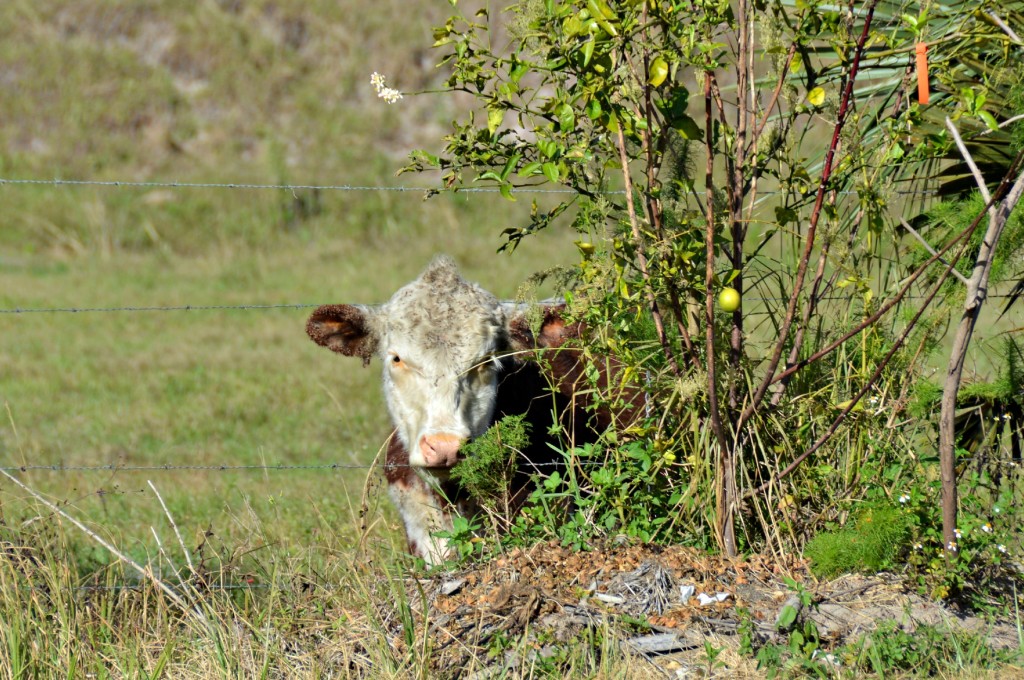
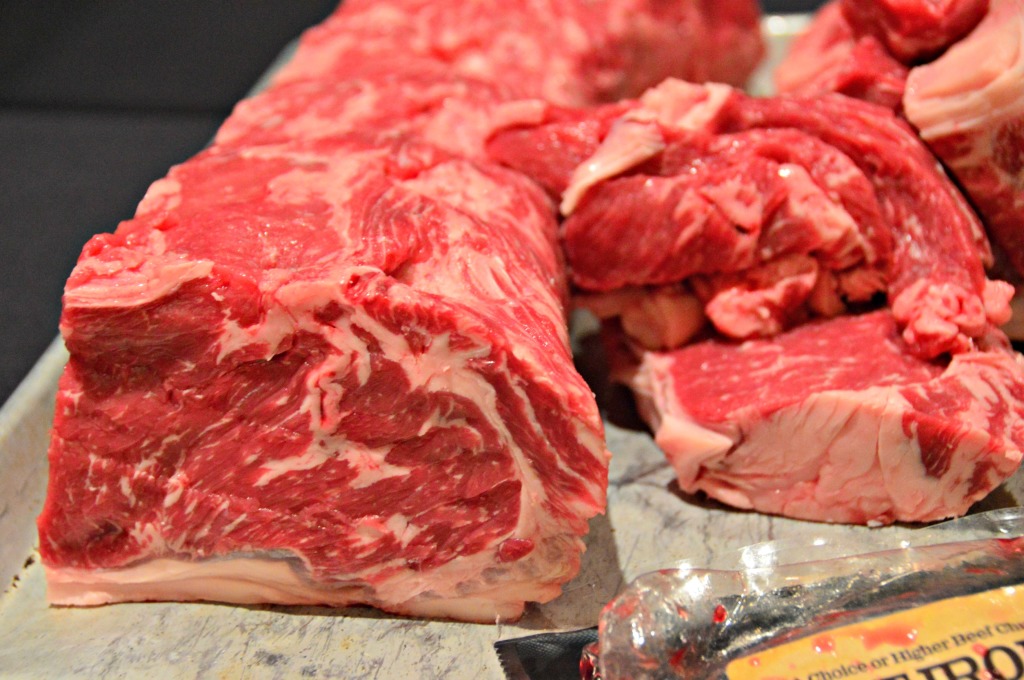
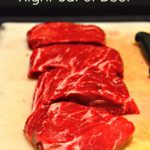

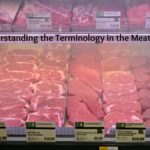
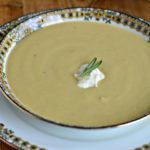


I read a lot of interesting posts here. Probably
you spend a lot of time writing, i know how to save you a lot
of work, there is an online tool that creates unique,
SEO friendly posts in seconds, just search in google –
laranitas free content source